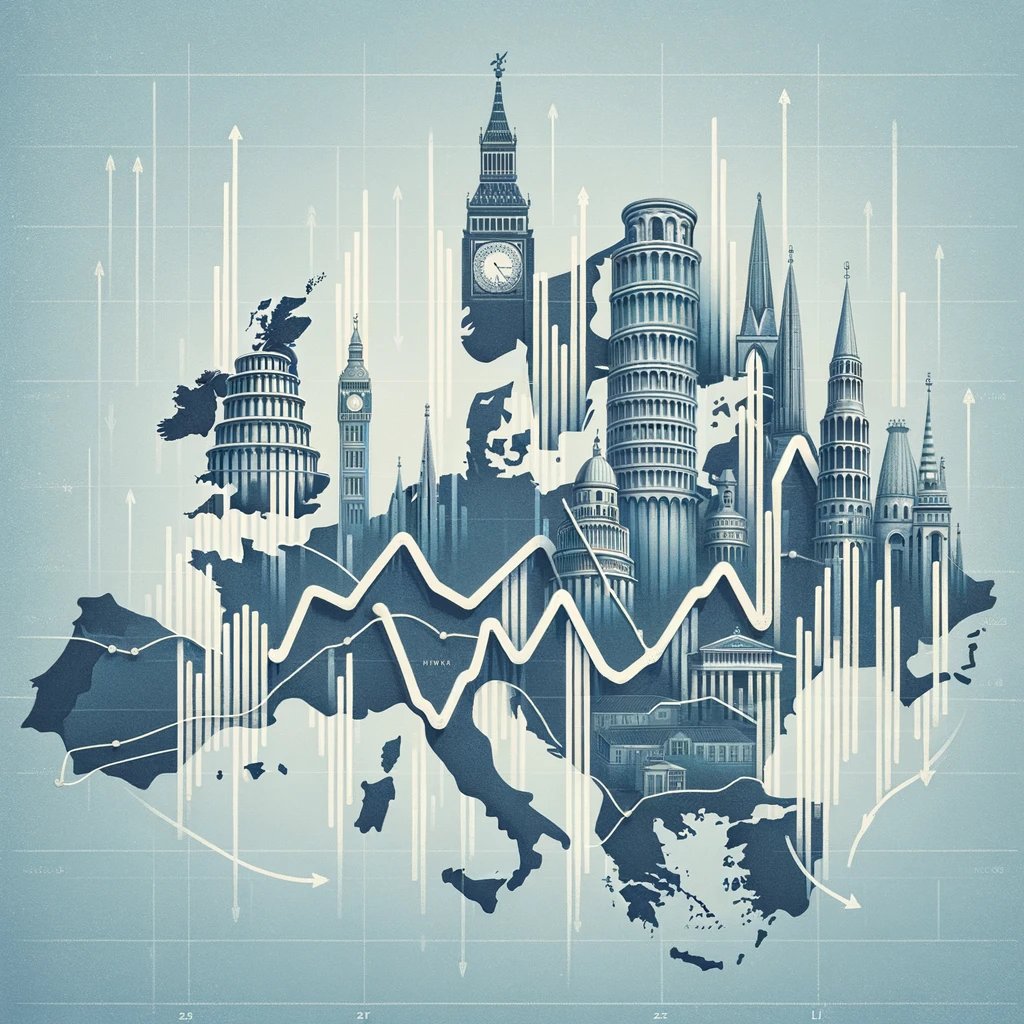Europe’s stock markets are presenting a paradoxical scenario. At first glance, it looks like they’re thriving, hitting peak values that could be cause for celebration. But if you dig a bit deeper, a more troubling picture emerges. Sales are going down, there aren’t many new public offers, and the continent’s entrepreneurs are longingly looking across the Atlantic at the United States, which seems to have an attractive appeal.
This depression has sparked a rush of action among the region’s leaders. They want to bring these failing markets back to life by offering a mix of benefits that will encourage businesses to invest and persuade them that this is where their stock should be. The road to that isn’t going to be easy though. It’s full of political, economic, and cultural problems that have been stopping growth for a very long time.
There are many reasons why Europe’s markets seem to be losing their energy. European economies have been recovering more slowly than American ones since the financial crisis of 2008. Also, the area doesn’t have as many growing tech companies as the U.S. market, which has helped it grow so quickly. Plus, investors in Europe are more cautious and don’t want to take risks on new companies, so things are likely to stay the same. China and India, on the other hand, have markets that are always busy with new businesses opening all the time.
What makes things even worse is that Europe’s market system is very complicated. The U.S. has fewer trade places and a single center, but Europe is made up of many different national venues, each with its own rules and sense of pride. This division weakens the market, making it less appealing to people who want to trade.
In the UK, pension funds have moved away from local stocks and into bonds because of rules put in place by the government. Meanwhile, the pandemic caused a retail investing rush across the pond. With extra money from the stimulus package, average Americans threw themselves into the stock market. Europe hasn’t really been affected by this trend because there isn’t a culture of mass retail investment over there.
Recognizing the urgency of the situation, European politicians are scrambling for solutions. The task is daunting, especially within the European Union’s intricate tapestry of 27 member states, each with its own regulatory nuances. Brussels is drafting new trading rules, while individual nations tweak their regulations in hopes of invigorating their markets.
Efforts to streamline and seduce include simplifying IPO processes and letting company founders keep a tighter grip on their creations through weighted voting rights. The UK is pouring pension funds into startups and decluttering IPO paperwork, and both the UK and EU are working on databases to consolidate trading data, aiming to enhance transparency and attract international investors.
But even as these plans are put into action, inflation is still a threat, which makes it harder for the European Central Bank to make decisions. Recent numbers show that inflation is going down, but not as quickly or as far as hoped. This makes Europe’s economic experts cautious and optimistic at the same time. Still, there is a noticeable lack of faith in the predicted return to stability as the ECB approaches its inflation goals and prepares to make a policy change.
The global economy is sending mixed signals, with the U.S. grappling with its own inflation challenges. Europe, however, has seen some promising developments, with significant economies reporting a slowdown in inflation, offering a glimmer of hope to policymakers. The ECB’s focus is now on wages, with ongoing negotiations potentially influencing the direction and pace of future policy adjustments.
A Step-By-Step System To Launching Your Web3 Career and Landing High-Paying Crypto Jobs in 90 Days.
